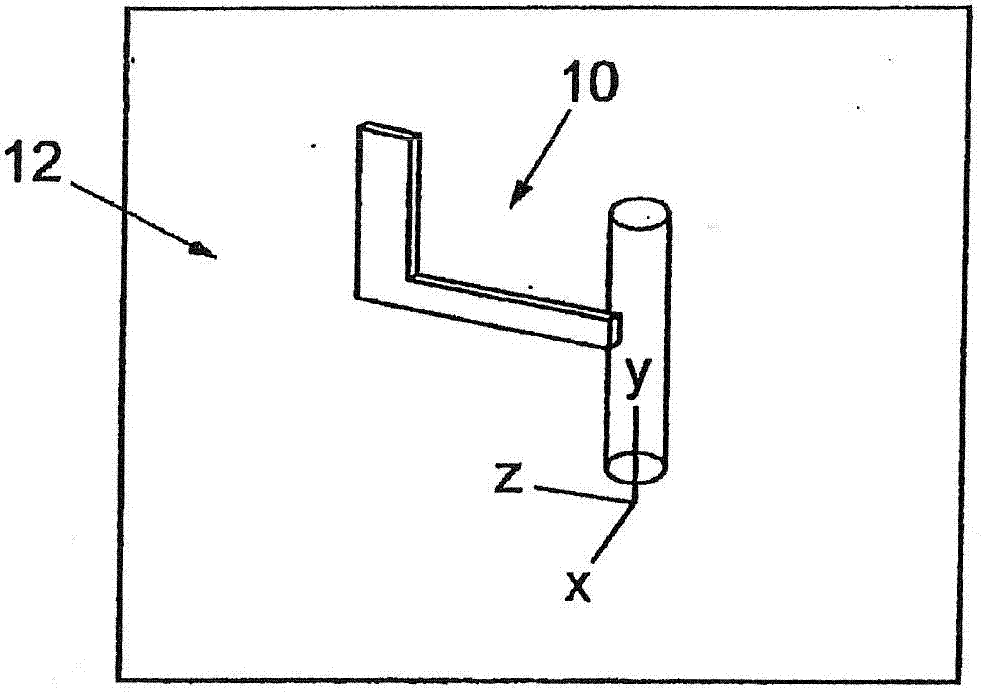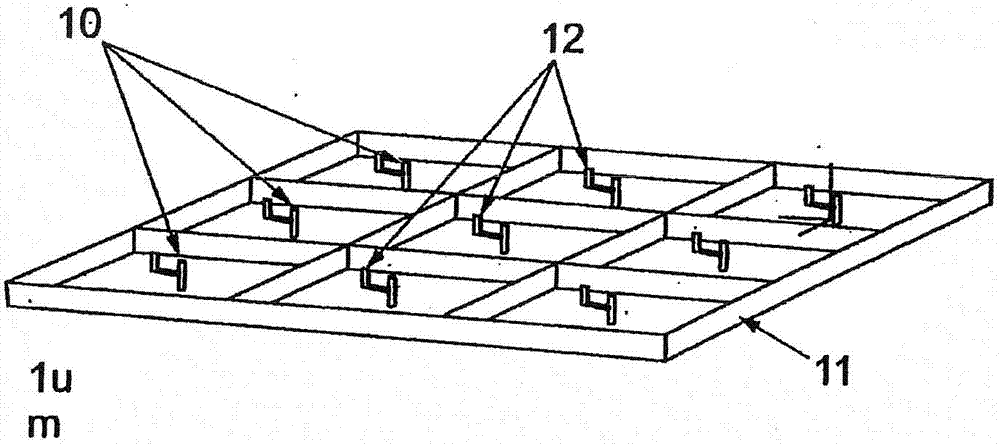Apparatus and method for investigating molecule
A device, a technique of plasmon resonance, used in the study of molecules
- Summary
- Abstract
- Description
- Claims
- Application Information
AI Technical Summary
Problems solved by technology
Method used
Image
Examples
Embodiment 1
[0129] Example 1 - Organic pores in plasmonic nanocavities (such as Figure 5 with 6 shown in)
[0130] 1) Arrays of plasmonic structures such as photonic nanocavities 30 are constructed of suitable materials 32 as described in [4], said nanocavities having an inner diameter of 8-10 nm, such as Figure 5 shown in, or have an inner diameter of 4-5nm, as in Image 6 shown in .
[0131] 2) Organic pores 34 such as α-hemolysin are then positioned within these plasmonic structures by means suggested in [13] such that the organic pores 34 are spaced about 1 μm apart.
[0132] 3) The plasmon resonance wavelengths of these nanocavities 30 are then precisely determined and the laser and fluorescent dye spectra are chosen to coincide with the defined plasmon resonances. The fluorochrome spectrum should be slightly red-shifted (20-150 meV) from the plasmon resonance peak.
[0133] 4) Electrolytic transport via the organic pores 34 is performed as described in [10].
[0134] 5) Phot...
PUM
 Login to View More
Login to View More Abstract
Description
Claims
Application Information
 Login to View More
Login to View More - R&D
- Intellectual Property
- Life Sciences
- Materials
- Tech Scout
- Unparalleled Data Quality
- Higher Quality Content
- 60% Fewer Hallucinations
Browse by: Latest US Patents, China's latest patents, Technical Efficacy Thesaurus, Application Domain, Technology Topic, Popular Technical Reports.
© 2025 PatSnap. All rights reserved.Legal|Privacy policy|Modern Slavery Act Transparency Statement|Sitemap|About US| Contact US: help@patsnap.com



